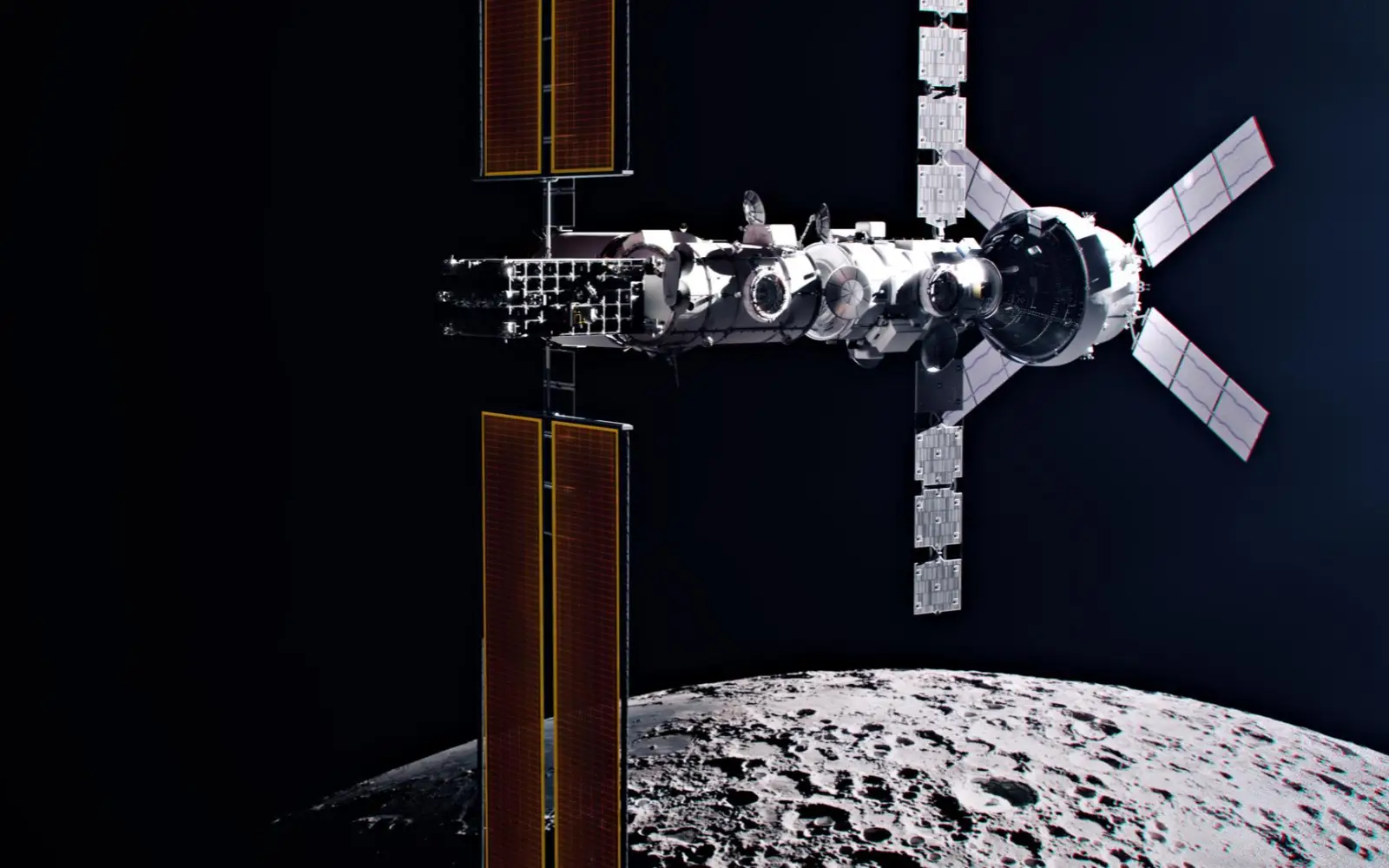This week marks the launch of two private lunar landers aboard SpaceX rockets, setting the stage for an unprecedented year of Moon exploration.
Key Points at a Glance
- SpaceX is set to launch two separate lunar landers developed by private companies.
- The missions will test critical technologies for Moon exploration and pave the way for future commercial and scientific endeavors.
- 2025 is anticipated to be a record-breaking year for lunar missions, with global contributions.
The new year has already started with excitement for space enthusiasts, as SpaceX prepares to launch not one but two private lunar landers within the span of a week. These missions mark significant milestones for commercial space exploration, as they aim to expand humanity’s understanding of the Moon while laying the groundwork for future lunar economies.
The two landers come from private aerospace companies, both intent on demonstrating advanced capabilities for Moon exploration. While details of their payloads and mission objectives vary, both spacecraft represent the cutting edge of lunar technology, combining innovation in propulsion, navigation, and payload integration.
One of the landers is designed to deliver scientific instruments that will analyze the Moon’s surface, seeking critical data about its geology and potential resources. The other focuses on testing the feasibility of commercial lunar operations, such as deploying infrastructure for future missions.
SpaceX, known for its Falcon 9 and Falcon Heavy rockets, is facilitating these launches as part of its broader strategy to support both government and private lunar initiatives. By providing reliable and cost-effective access to space, SpaceX is playing a central role in accelerating humanity’s return to the Moon.
The dual launches highlight a broader trend in lunar exploration: the increasing role of private companies and international collaborations. In 2025 alone, multiple nations, including the United States, China, and India, as well as a variety of private entities, are planning lunar missions. These include crewed missions, robotic explorers, and infrastructure development projects.
Among the key drivers of this surge in lunar activity are NASA’s Artemis program and the Lunar Gateway initiative, which aim to establish a sustainable human presence on the Moon. Meanwhile, private companies are racing to develop technologies for mining lunar resources, constructing habitats, and establishing communication networks.
SpaceX’s involvement in launching private lunar missions demonstrates its growing influence in the commercial space sector. The company’s reusable rockets have significantly reduced the cost of access to space, making ambitious projects more feasible for smaller organizations. With an ambitious schedule for 2025, SpaceX is expected to launch dozens of missions, including several focused on lunar exploration.
As humanity’s ambitions for the Moon continue to grow, companies like SpaceX are paving the way for a new era of space exploration. By enabling private companies to reach the Moon, they are not only advancing scientific discovery but also fostering the development of a lunar economy that could support everything from tourism to resource extraction.
The successful deployment of these two landers will set the tone for the year’s lunar activities. Future missions will include a mix of government-led and private endeavors, each contributing to a more comprehensive understanding of the Moon and its potential as a hub for deeper space exploration.
With the Moon becoming an increasingly accessible destination, the next few years promise to redefine our relationship with Earth’s nearest celestial neighbor. Whether through scientific breakthroughs or the establishment of new industries, these missions are poised to shape the future of space exploration for decades to come.
